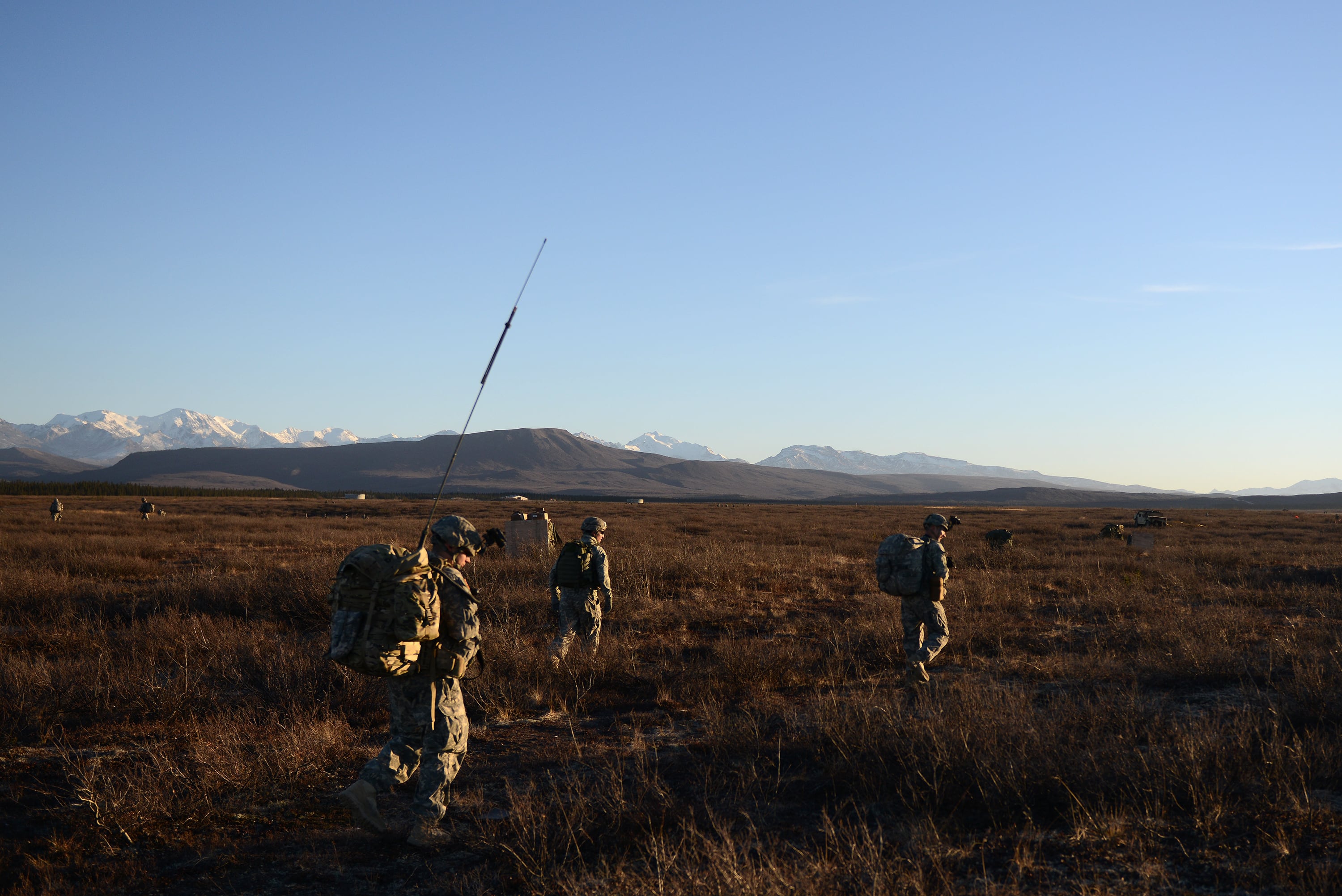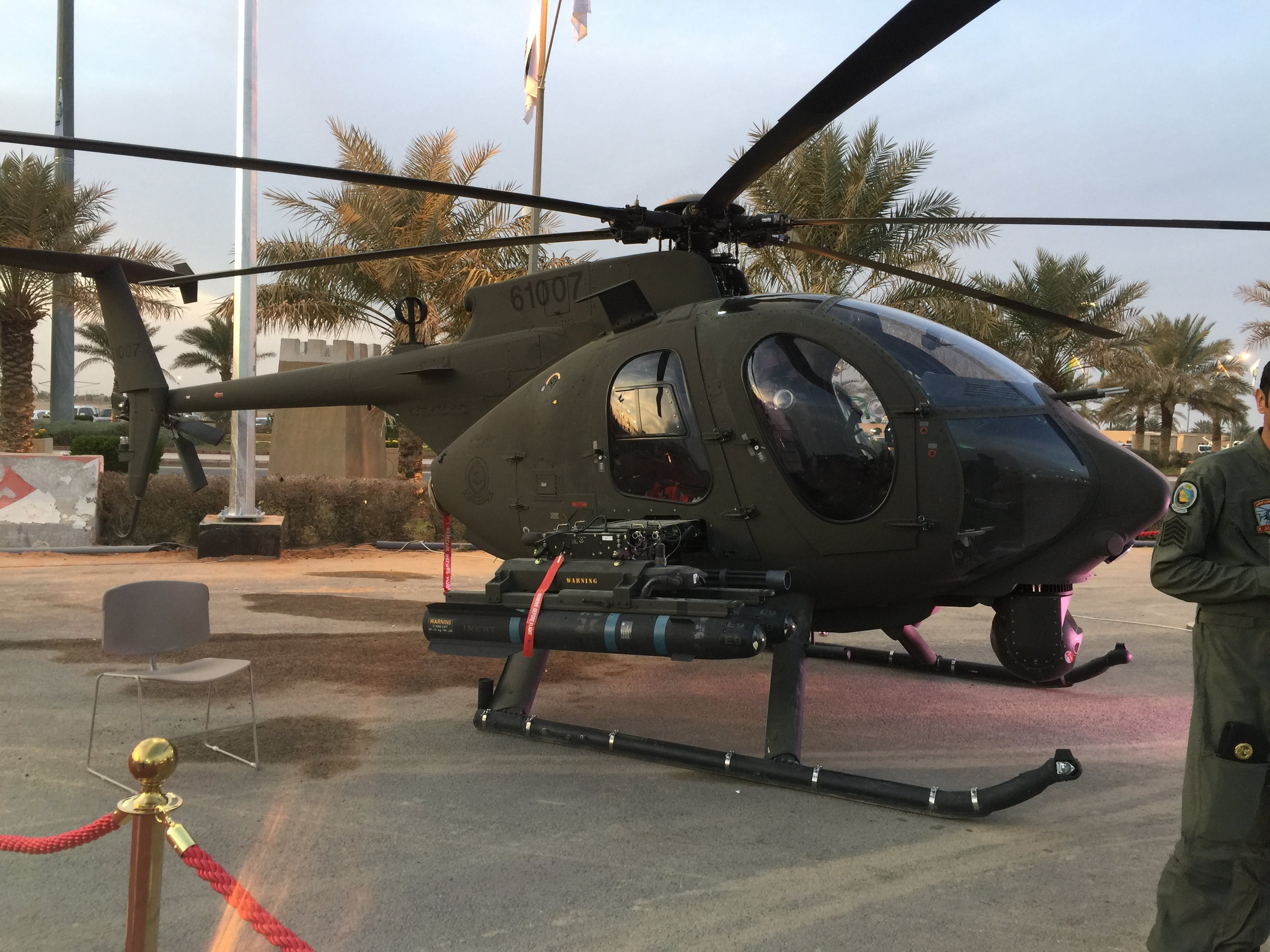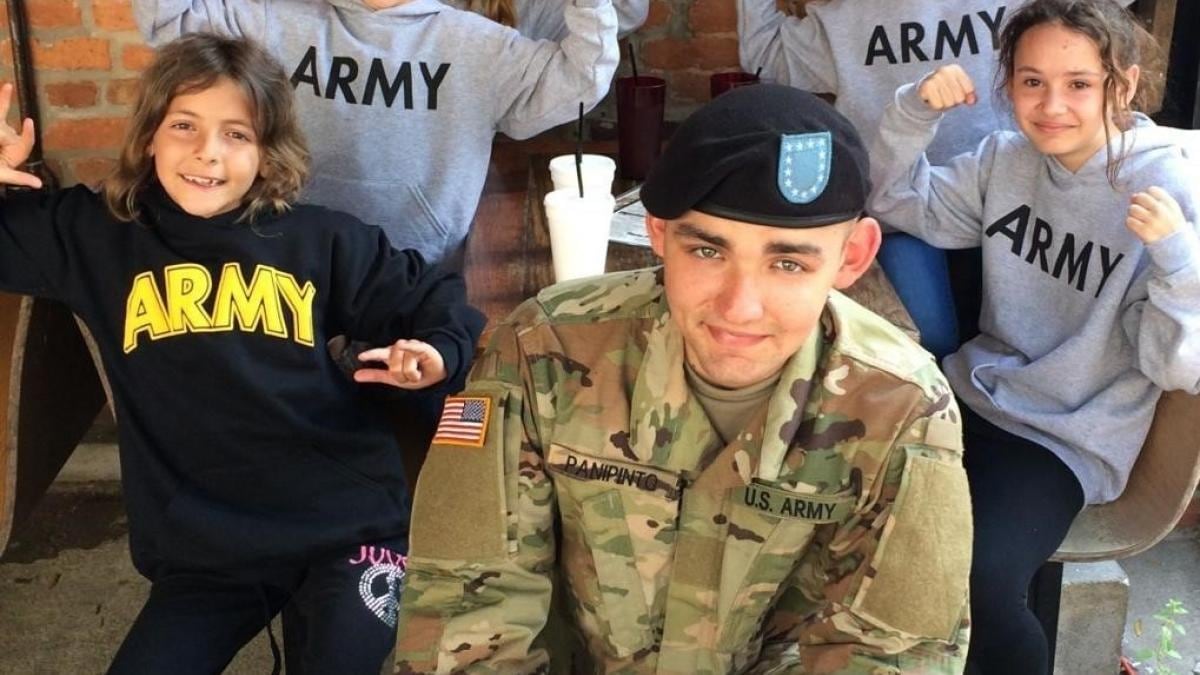A House amendment to this year’s defense bill would require the Pentagon to examine emergency medical services at its bases, following the “very preventable death” of a 20-year-old U.S. soldier in South Korea, according to Florida Congressman Vern Buchanan.
Buchanan sponsored the amendment after reviewing the investigation into the death of one of his constituents, Spc. Nicholas C. Panipinto.
The investigation identified a range of issues, including that a military ambulance was not available to recover Panipinto when his M2A3 Bradley Fighting Vehicle overturned on Nov. 6 at Camp Humphreys, the U.S. military’s largest overseas base.
A civilian MedEvac helicopter did respond to Panipinto’s accident, but it had an insufficient oxygen supply, its suction equipment stopped functioning and it didn’t have a blood transfusion supply, according to a May 27 letter Buchanan sent to Defense Secretary Mark Esper asking for reforms.
“In addition, that day, the first on-base MedEvac helicopter dispatched to the accident scene got lost,” the letter to Esper reads. “A second MedEvac helicopter could not start at all. Eventually, the first MedEvac helicopter got to the accident scene, 80 minutes after the accident.”
By the time Panipinto arrived at a hospital, it was determined he needed nine pints of blood and five pints of plasma transfused.
RELATED

“Unfortunately, he passed away later that day from the severe injuries he sustained in the accident and the prolonged delay in getting him to a hospital for emergency medical treatment,” Buchanan wrote.
Buchanan’s amendment, which passed in the House with bipartisan support last week, requires the Pentagon to examine emergency response capabilities currently available at every U.S. military base around the world. The findings would then need to be reported to Congress.
“The heartbreaking and very preventable death of my constituent SPC Nicholas Panipinto clearly shows that changes in training and safety procedures need to be made,” Buchanan said in a statement announcing the amendment.
The investigation also found that Panipinto was not properly trained to drive the Bradley that rolled over and the vehicle had equipment that did not work.
The young soldier only had six hours of hands-on driver training and no classroom instruction when he was ordered to road-test the Bradley, according to Buchanan’s letter. However, regulations required three days of classroom instruction and two days of hands-on driving experience with an instructor before troops were licensed to drive the Bradley.
RELATED

“Also, not all of the CVC headsets in the four M2A3s that day were properly functioning. As a result, all crew members could not communicate with each other,” Buchanan’s letter to Esper reads. “Furthermore, the safety pin in the driver’s hatch of SPC Panipinto’s M2A3 failed. During the road-test, the right-hand side tread of SPC Panipinto’s M2A3 came off, which caused his vehicle to roll over.”
Two other soldiers were also injured in the accident that took Panipinto’s life.
The soldiers were assigned to 1st Cavalry Division’s 3rd Armored Brigade Combat Team. The unit started a nine-month deployment to the Korean Peninsula in July 2019.
Vehicle roll overs are not a new problem within the military. An Army Times report from last summer highlighted the fact that there had been a spike in deaths from that type of mishap throughout fiscal year 2019.
The “serious deficiencies and failures” that led to Panipinto’s training death need to be addressed, Buchanan said. His letter referenced a Congressional Research Service report from May 2019 that stated 32 percent of active-duty military deaths between 2006 and 2018 were the result of training accidents, a number that far outpaces combat deaths.
An Army safety brief video published in June 2019 warned that motor vehicle mishaps are the number one killer of on-duty soldiers and inadequate unit driver training programs contribute to 68 percent of these mishaps.
Kyle Rempfer was an editor and reporter who has covered combat operations, criminal cases, foreign military assistance and training accidents. Before entering journalism, Kyle served in U.S. Air Force Special Tactics and deployed in 2014 to Paktika Province, Afghanistan, and Baghdad, Iraq.




